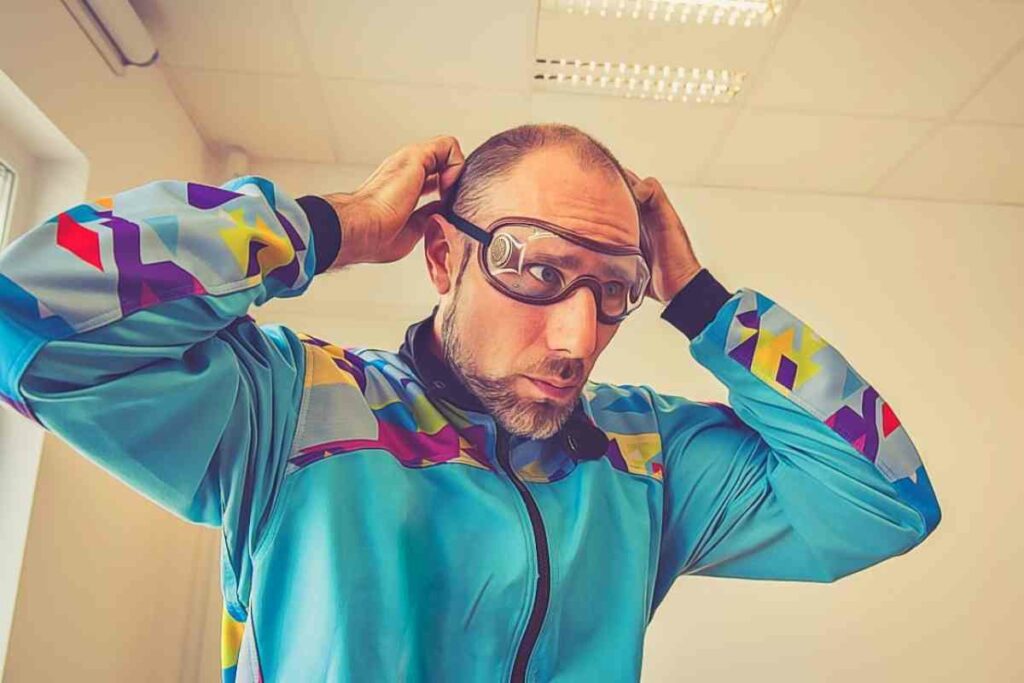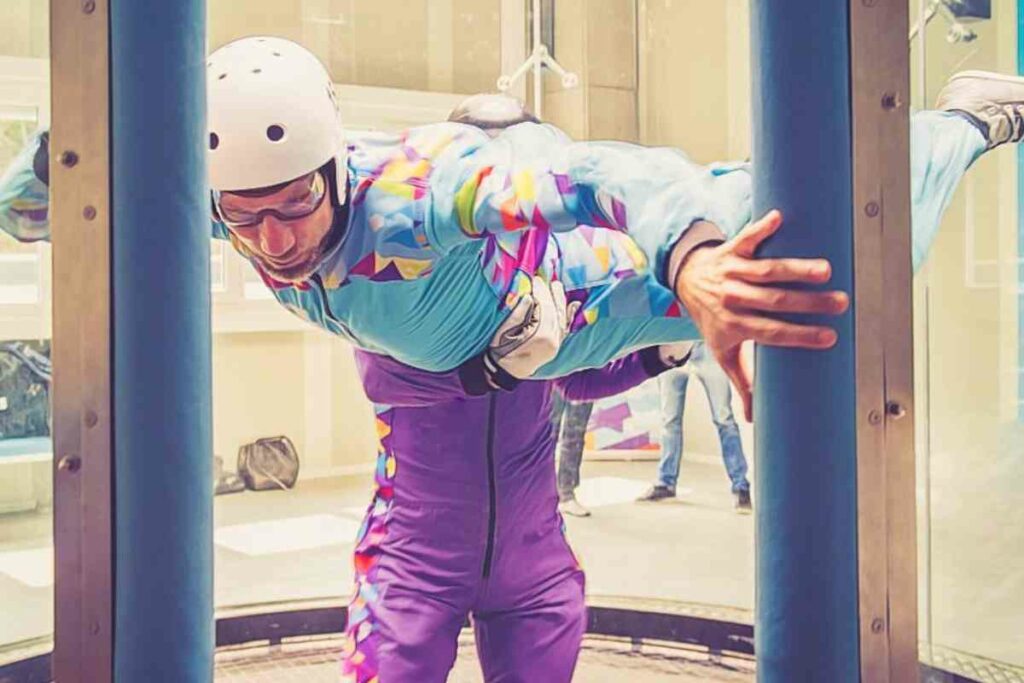Indoor skydiving is a recreational activity for everyone. Being in flight in a safe environment allows one to let go of fears and have fun.
However, those with physical or cognitive disabilities require special considerations to fly successfully. Read on to find out how people with disabilities can enjoy indoor skydiving.
Indoor Skydiving For People With Disabilities
Unlike other physical activities, anyone with a disability can enjoy the thrill of flying indoors in a wind tunnel.
Whether you or a loved one has paraplegia, is visually or hearing impaired, or has learning difficulties, they can actively participate.
Read before you go – Can You Indoor Skydive If You Have a Medical Condition?
The freeing feeling of the wind in your face and entire body is addictive. Unsurprisingly, indoor skydiving has become popular among those with disabilities due to this sensation.
In free fall, you get a different point of view of the world beneath and around you.
For instance, finding a moment out of your wheelchair opens you to a world of possibilities. Everyday life comes with its challenges, but having a fun activity is liberating for all of us.
If you have a disability, indoor skydiving provides the chance for a new hobby that can become a competitive sports opportunity.
Tips For People With Disabilities During Indoor Skydiving
Your first visit to an indoor skydiving facility can be overwhelming. Still, the team of instructors is well-trained and professional.
They will listen to any special requests you may have to make your experience smooth and exciting.
Below are a few tips to make your indoor skydiving experience a success.
- Your physician or doctor has to clear you and provide medical consent.
- You must sign a liability waiver before your session.
- There is a pre-flight training session for each participant.
- One must wear a flight suit on top of their comfortable clothes.
- Safety gear such as goggles, helmets, and earplugs are necessary before a session.
- Specially trained indoor skydiving instructors will guide and give more attention to every participant.
- One must follow the non-verbal instructions and signals the instructors give to prevent mishaps.
- The indoor skydiving suit has fabric straps that instructors use to hold you up and reduce the wind’s force.
- If you need help dressing up, bring someone to assist you.
- Most facilities have trained staff to help you enter and exit the indoor skydiving chamber.
- If you are visually impaired, the instructors use touch signals to help you fly.
- One can have more than one instructor during a session where necessary. For instance, those with spinal injuries may require up to three instructors to keep one steady throughout the experience.
- Safety is critical, so you cannot participate if you have a recent dislocation or joint injury.
Locations That Offer Indoor Skydiving For People With Disabilities
Most indoor skydiving facilities offer special night events for people with disabilities. Contact the nearest facility in your region to find out if they can accommodate you.
One such facility is iFLY indoor skydiving, with over 30 locations worldwide. Their All Abilities monthly event is renowned for giving every disabled person an opportunity to experience skydiving, albeit in an indoor setting.
Besides offering a custom experience for every special needs person, their prices are discounted for this event. You will also get a free video of the session.
Although these events happen in all their locations, the dates vary, so contact them to make a reservation.
Take your indoor skydiving journey to new heights with this extensive beginner’s manual, brimming with invaluable information and practical tips.
Final Thoughts
People with disabilities can try indoor skydiving and have fun like anyone else. However, following all the rules will help reduce the chances of injury.
Most injuries during indoor skydiving happen when a participant bumps into the wind tunnel walls. To avoid such accidents, carefully follow the instructor’s directions.







